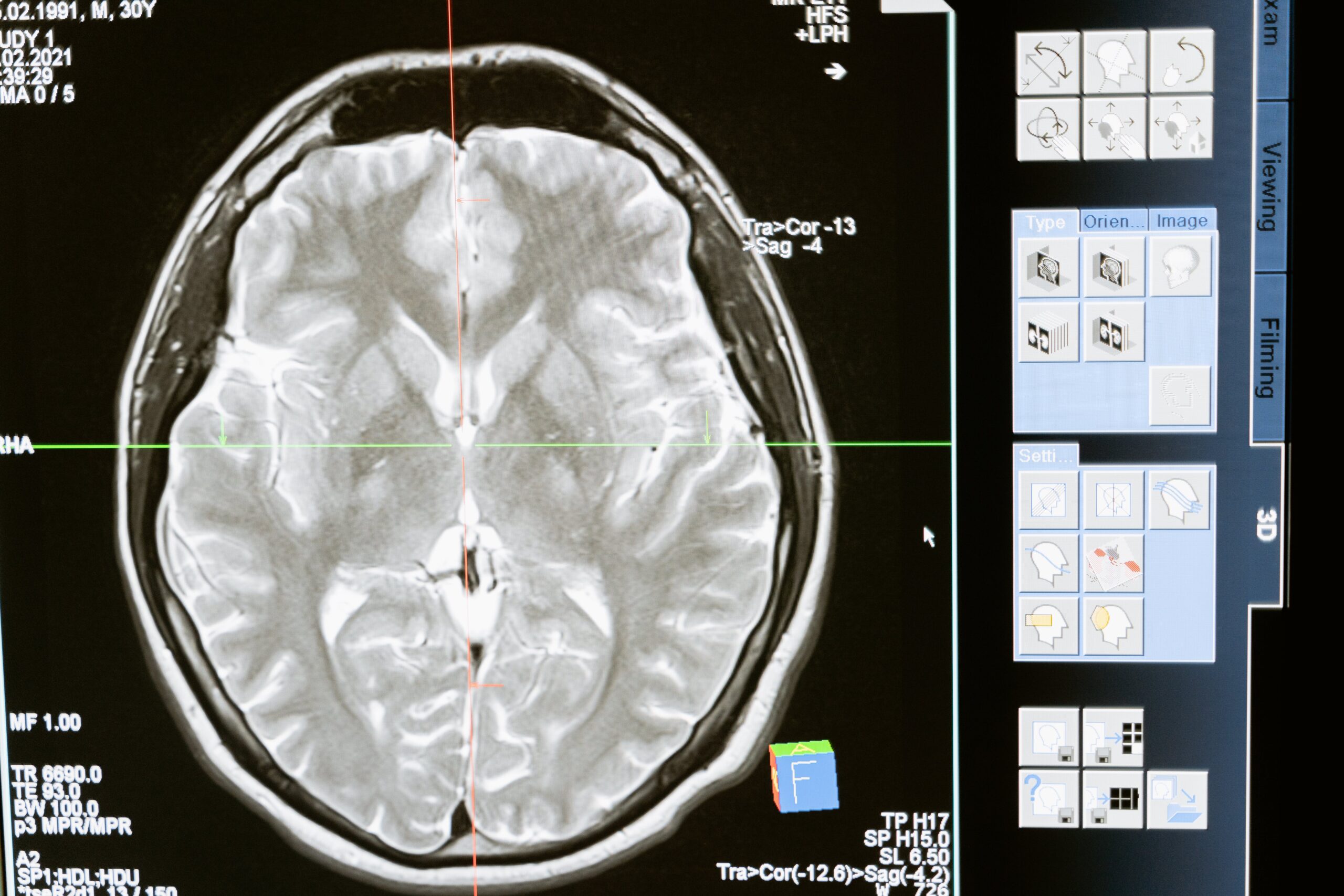Introduction: Pediatric computed tomography (CT) imaging is a critical diagnostic tool for children's healthcare, allowing clinicians to visualize and assess internal structures of the body. However, the unique physiological and anatomical characteristics of pediatric patients require special attention and expertise when performing CT scans. In this comprehensive article, we will delve into the specific aspects that distinguish pediatric CT imaging from its adult counterpart, including the physiological and anatomical differences, considerations regarding equipment and technical parameters, procedural aspects, interpretation and diagnosis, as well as ethical and legal implications.
Part 1: Physiological and Anatomical Differences Pediatric patients exhibit several distinctions from their adult counterparts: 1.1. Age-Dependent Variations: The article will elucidate how a child's age influences their physiological and anatomical characteristics, thereby affecting their suitability for CT scans. 1.2. Body Weight and Size: The article will detail how differences in body weight and size significantly impact the technical aspects of pediatric CT imaging. 1.3. Radiation Dose Differences: We will elaborate on the necessity of adjusting radiation doses according to a child's age and size, along with a discussion of potential long-term effects of radiation exposure in children.
Part 2: Equipment and Technical Parameters Ensuring safe and effective pediatric CT imaging involves careful consideration of the equipment and technical settings: 2.1. Specialized Pediatric CT Equipment: The article will describe the specific features and modifications that pediatric CT scanners may incorporate to accommodate the unique needs of children. 2.2. Choosing Technical Parameters: The importance of selecting appropriate parameters, such as tube current, voltage, and image resolution, will be explained in detail. 2.3. Advanced Technologies: A discussion on modern technologies, including dose reduction techniques and adaptive dose modulation, will be included to emphasize their role in minimizing radiation exposure.
Part 3: Procedural Considerations The success of a pediatric CT scan hinges on procedural aspects and patient cooperation: 3.1. Patient Preparation: The article will outline the necessary steps for preparing both the child and their parents or caregivers for the CT procedure, including physical and psychological aspects. 3.2. The Role of Communication: The article will underscore the significance of effective communication with children and their families to alleviate anxiety and ensure cooperation during the procedure. 3.3. Anesthesia and Sedation: An exploration of when and why anesthesia or sedation might be necessary, based on the child's age and condition, will be included in the discussion.
Part 4: Interpretation and Diagnosis Pediatric CT images pose unique challenges for interpretation and diagnosis: 4.1. Interpretation Challenges: The article will detail the specific image characteristics and nuances that radiologists must consider when interpreting pediatric CT scans. 4.2. Pediatric Pathologies: Highlighting common pediatric conditions that can be detected or monitored through CT imaging will be a key focus. 4.3. Multidisciplinary Approach: Emphasizing the importance of collaboration among healthcare professionals from various specialties when diagnosing and planning treatment for pediatric patients will be discussed.
Part 5: Ethical and Legal Considerations Pediatric CT imaging raises ethical and legal issues that necessitate attention: 5.1. Informed Consent: The article will explore the complexities of obtaining informed consent, especially when dealing with minors, and discuss the role of parents or guardians in the decision-making process. 5.2. Ethical Practices: An examination of ethical dilemmas surrounding radiation exposure, including adherence to the "as low as reasonably achievable" (ALARA) principle, will be undertaken. 5.3. Legal Implications: Potential legal consequences of errors or negligence in pediatric CT imaging will be addressed, highlighting the importance of due diligence.
Conclusion: In summary, pediatric CT imaging requires a profound understanding of the unique considerations inherent to scanning children. These considerations encompass physiological and anatomical variances, specialized equipment and technical settings, effective procedural strategies, accurate image interpretation, and compliance with ethical and legal guidelines. By recognizing and addressing these aspects, healthcare providers can ensure the safety and well-being of pediatric patients while optimizing the diagnostic potential of CT imaging in pediatrics.
